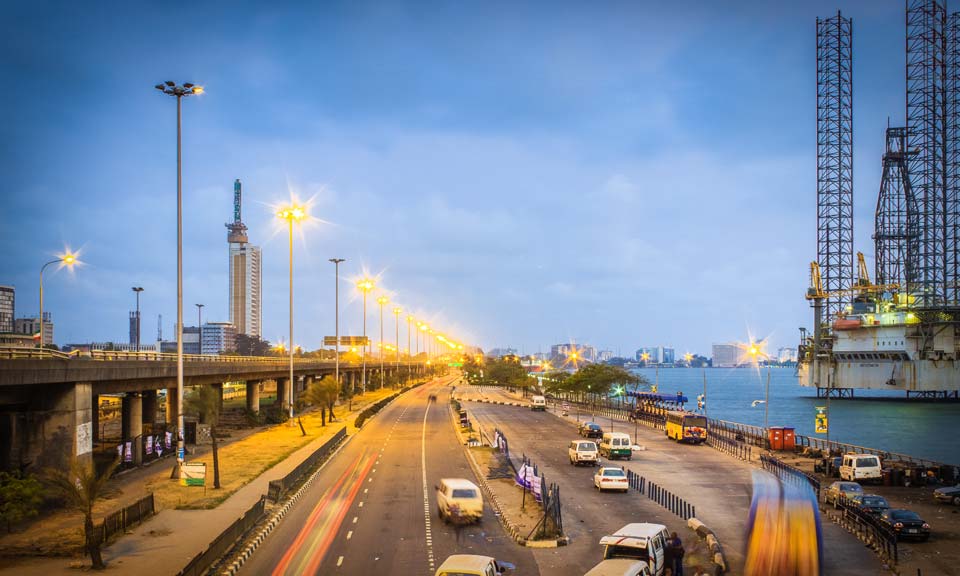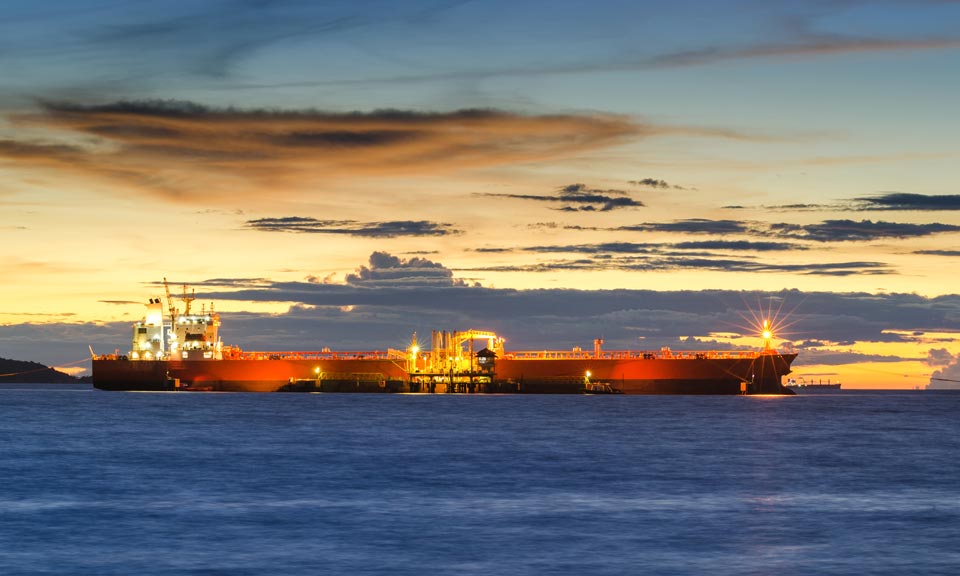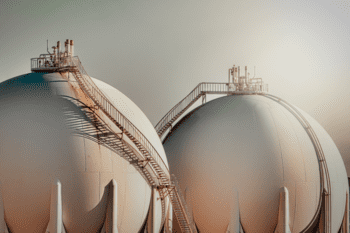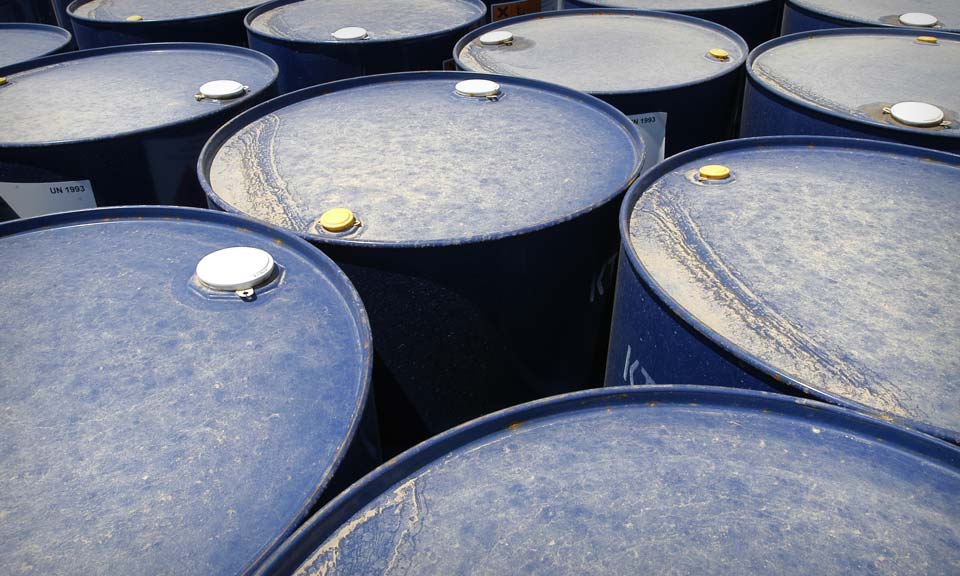Global energy security concerns likely drive supply expansion, diversification: Schlumberger CEO

Concerns over energy security as a result of the ongoing Russia-Ukraine war may spur capacity expansion and diversification of oil and natural gas supplies in the next few years, which could prompt more longer-lead projects which industry has shied away from in recent years, the top executive of oil services giant Schlumberger said April 22.
A half dozen years of oil prices that hovered around $45/b-$50/b beginning in 2015 eventually led upstream producers to focus on so-called short-cycle projects that provided a relatively quick payback starting roughly six to 24 months after being greenlighted.
But longer-cycle, pricey projects that take years or even a decade to produce first oil could also make a comeback as the thirst for supply diversity and security become major priorities for upstream producers, Schlumberger CEO Olivier Le Peuch said during his company's first-quarter 2022 earnings conference call.
"This new dimension will have long-lasting positive implications for energy investments over the next few years," Le Peuch said.
Energy security that drives further capacity expansion and demand for more diverse oil and gas supply will also support additional long-cycle development projects, exploration activity, and brown feed regulation programs, he said.
Long-cycle projects include offshore and large-capacity onshore expansions that national oil majors continue to develop. In the Middle East, a few countries have already committed to capacity expansions this year and beyond.
And "offshore you have seen some [final investment decision] approvals," Le Peuch said. "You have seen some exploration drilling resuming even last quarter that would turn into FID and into a subsea and deepwater activity uptick in the second half and further in 2023."
The past few months have seen an "evolution" in the energy landscape after Russia threatened, then attacked, Ukraine earlier this year, Le Peuch said.
For one thing, crude prices that shot up this year to more than $100/b from the mid-$70s/b mostly owing to those countries' ongoing war, have created "favorable conditions" for oilfield services and equipment pricing improvement, even as demand for them expanded globally, he said.
"This [pricing improvement] will be a defining characteristic of this upcycle," Le Peuch said. Moreover, higher service/equipment pricing is "absolutely critical" to support oilfield service/equipment providers' financial returns and investments in capacity needed to deliver on both the short- and long-term oil and gas supply the world needs."
Ongoing short-cycle investments in the US are being led by private producers which domestically account for over 60% of the country's land rig count, and that volume is growing amid a "gradual" increase by public operators, said Le Peuch. At the same time, supply chain and capacity bottlenecks hinder growth somewhat, as does exploration-and-production capital discipline, which began to take hold in E&P operators' corporate strategies even before the coronavirus pandemic set in during early 2020.
Le Peuch's comments echo and expand on remarks made earlier in the week by his counterpart at peer oilfield services/equipment giant Halliburton.
Similar to Le Peuch, Halliburton CEO Jeff Miller said supply dynamics have "fundamentally changed" because of investor return requirements, public ESG commitments, and regulatory pressures that make a commitment to longer-cycle projects difficult for operators.
The nature of long-term projects prevents a quick response to market price signals and results in oversupply, whereas short-cycle projects create "a perpetual threat of undersupply" that supports commodity prices, he said April 19.
Miller foresees an industry over the next several years characterized by short-cycle upstream projects, development rather than exploration, and tiebacks to existing production hubs over costly, time-consuming new infrastructure builds—all of which give operators more flexibility to make timely and appropriate investment decisions.
Once long-cycle projects begin, investment must continue and production cannot quickly respond to market price signals, resulting in market oversupply. The pivot to short-cycle barrels creates the opposite effect, a perpetual threat of undersupply that supports commodity price, he said.
But given that backdrop, some intriguing questions emerge, according to Evercore ISI analyst James West.
"We think there will be some interesting choices ahead as inflation and higher activity levels drive further price increases," West said in an April 21 investor note. "Do operators continue to pay higher prices to get their preferred equipment and well construction/completion designs or do they alter those designs potentially sacrificing efficiencies for lower pricing?"
"Some examples would be using a Tier II diesel frac spread, an older, smaller AC rig, and welded instead of seamless pipe," he said.
Schlumberger earned $5.9 billion in revenue during Q1 2022, down 4% sequentially but up 14% year on year. The sequential drop came largely from international operations – including impacts on Russian operations and seasonal weather events – which earned $4.63 billion, down 5%, while North American revenues were flat at $1.28 billion.In Q1, Schlumberger suspended new investment and technology deployment to its Russian operations, Le Peuch said.
Schlumberger's Q1 net income was $510 million or 36 cents/share, down 14% sequentially but up 70% year on year.
"Internationally, short-cycle investments are set to accelerate with the seasonal rebound in the second quarter and more strongly in the second half of the year, led by the Middle East and the key international offshore basins," Le Peuch said.

News
Russia, one of the world’s largest oil suppliers, has increasingly turned to non-Western firms to transport its crude to overseas buyers during its ongoing war with Ukraine . With a dual goal of undermining Russia’s war chest without creating significant disruptions to global supplies amid inflation pressure, G7 countries and their allies have banned tanker operators, insurers and other services firms from facilitating seaborne Russian crude exports unless the barrels are sold for no more than $60/b. The price cap regime, which came into force Dec. 5, 2022, does not directly cover tankers flagged, owned and operated by companies outside the G7, the EU, Australia, Switzerland and Norway, and not insured by Western protection and indemnity clubs. While such ships tend to be older and less maintained, their share in Russia’s crude exports market has been rising in recent months amid strengthening prices of Urals -- the OPEC+ member’s flagship crude grade -- and tightening sanctions enforcement by the West. Non-price-capped tankers have a larger market share in shipping Russia’s Pacific crude exports, according to analysis of S&P Global Commodities at Sea and Maritime Intelligence Risk Suite data. Crudes such as Sokol, Sakhalin Blend, and Eastern Siberia–Pacific Ocean grades are more often involved in these trades than Russian barrels from Baltic or Black Sea ports like Urals. Tanker operators in Greece, Europe’s top shipowning nation, managed to keep their traditionally strong market position in Russia in the first few months since the price cap took effect before giving ways to their peers in the UAE, Russia, China and Hong Kong. (Latest update: April 5, 2024)

News
Recording changes to Russian oil exports and EU oil imports since the war in Ukraine Russia’s war in Ukraine has triggered a major upheaval in the global oil markets, forcing Moscow to find alternative buyers and Europe to source new supplies as Western sanctions seek to clamp down on Moscow’s vital oil revenues. With an EU embargo and the G7 price cap on Moscow's oil now fully in place, Russian seaborne crude exports have remained largely resilient as displaced volumes of its discounted oil flow East. Russian oil product exports have also mostly held up with new buyers in Africa absorbing Russian diesel and other fuels now banned from Europe. (Latest update: April 3, 2024)

News
Initiative driven by demand for batteries from vehicles, energy storage IOC aims to be carbon-free by 2046 Tie-up comes as India supports NEV buildup Japan's Panasonic Energy and state-run Indian Oil Corp aim to finalize details for a joint-venture to manufacture cylindrical lithium-ion batteries in India as early as June to September, the Japanese battery maker said April 1. Both companies will engage in "a feasibility study regarding the utilization of battery technology to facilitate the transition to clean energy in India," Panasonic said, and have signed a binding term sheet with details to emerge "by the summer of this year." The initiative by the companies "is driven by the anticipated expansion of demand for batteries for two- and three-wheel vehicles and energy storage systems in the Indian market", it said. The collaboration comes as India takes steps to build up infrastructure for manufacturing and supporting new energy vehicles, especially in its interim budget for 2024-25. Following the budget announcement, Chinese automaker SAIC Motor and India's JSW Group plan to install a production capacity of 200,000 vehicles/year in India, focusing on NEVs, with ramping up to start from the end of 2024. In China, NEV is a term used to designate automobiles that are fully or predominantly powered by electricity and include battery electric vehicles as well as plug-in hybrid EVs and fuel cell EVs. IOC's tie-up with Panasonic will support the energy company's goals to be a zero-carbon emitter by 2046. India's lithium-ion battery manufacturing industry is expected to grow at a compound annual growth rate of 50% from 20 GWh in 2022 to 220 GWh by 2030, data from the India Brand Equity Foundation showed. Platts assessed prices for battery grade lithium carbonate at $14,350/mt CIF North Asia March 28, flat from the previous session, S&P Global Commodity Insights data showed, while lithium hydroxide stood at $14,000/mt CIF North Asia, also unchanged from the session before. Platts Connect: News & Insights (spglobal.com)

News
(Latest update March 28, 2024) OPEC+ ministers face the challenge of managing a slumping oil market as they discuss crude production for 2024. The following infographic highlights some key issues to watch out for during the upcoming talks. Related feature : OPEC+ committee meets as output cut policy finally boosts prices (subscriber content) Click for the full-size infographic